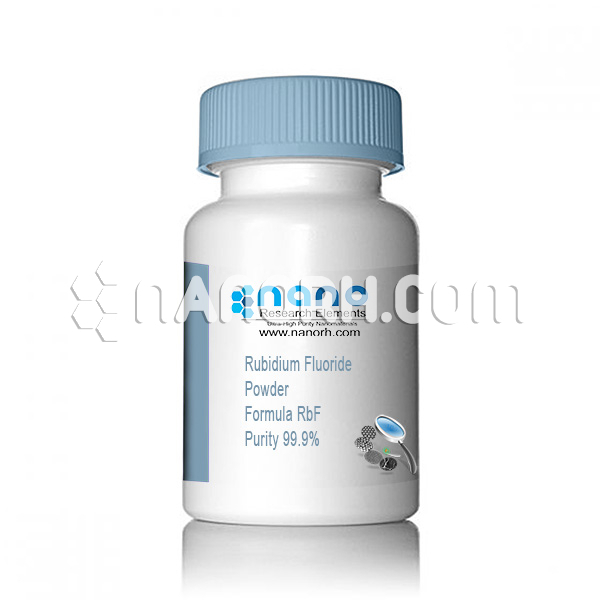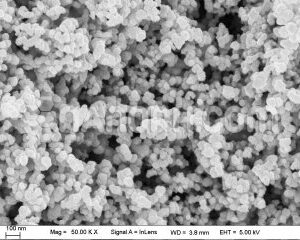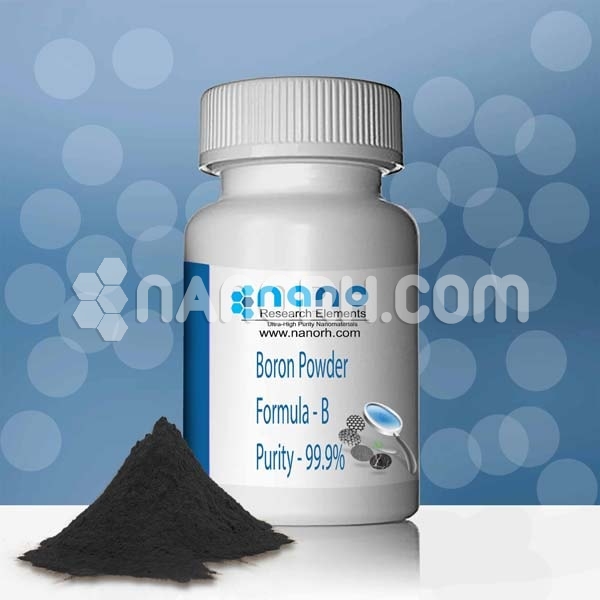| Rubidium Fluoride Powder | |
| Product No | NRE-11210 |
| CAS | 13446-74-7 |
| Purity | 99.9% |
| Formula | RbF |
| APS | <40 µm (can be customized) |
| Color | White |
| Molecular Weight | 104.47 g/mol |
| Density | 3.557 g/cm3 |
| Melting Point | 795 °C |
| Boiling Point | 1,408 °C |
Rubidium Fluoride Powder
Rubidium fluoride (RbF) is an inorganic compound with the chemical formula RbF. It is a crystalline solid, which, like other alkali metal halides, has a high melting point. Rubidium fluoride finds various applications in different fields due to its unique properties. Some of its applications include:
Chemical Synthesis: Rubidium fluoride is commonly used as a fluorinating agent in various chemical reactions. It can be used in organic synthesis to introduce fluorine atoms into various organic compounds. Its ability to act as a source of fluoride ions makes it valuable in the synthesis of complex organic molecules.
Electrolyte in Molten Salt Batteries: Rubidium fluoride can be used as an electrolyte in certain types of molten salt batteries. These batteries are known for their high energy density and potential for use in large-scale energy storage systems, making them valuable for renewable energy applications.
Optical Coatings: Rubidium fluoride has optical properties that make it useful in coatings for lenses and other optical components. Its high transparency in the infrared region of the electromagnetic spectrum allows it to be used in infrared optics and lenses for various applications, including infrared spectroscopy and thermal imaging.
Catalysts: Rubidium fluoride can act as a catalyst in certain chemical reactions, particularly those involving organic compounds. Its use as a catalyst can facilitate the transformation of specific chemical compounds into desired products, thereby enabling various industrial processes.
Research and Development: Rubidium fluoride is also used in various research and development activities, particularly in the field of materials science and solid-state physics. Its unique properties make it a valuable material for studying the behavior of alkali metal halides and their interactions with other compounds.



